God created a large variety of land animals by creating a spherical earth so that there would be a variety of climates and then creating biomes for each climate. He created a similar variety of water environments by creating the water cycle as He did and by creating ocean basins with a particular shape. God then created a distinct biome for each water environment.
The following article is an excerpt from Devotional Biology: Learning to Worship the Creator of Organisms, Chapter 10.4, pgs. 217-221. The views expressed those of the author, and not necessarily those of New Creation.
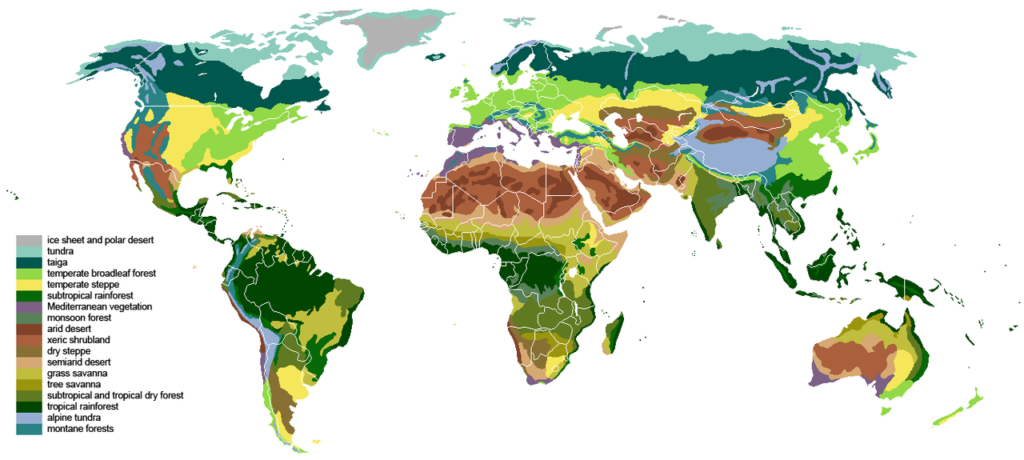
Image Credit: Ville Koistinen (user Vzb83) – the blank world map in Commons and WSOY Iso karttakirja for the information, CC BY-SA 3.0, https://commons.wikimedia.org/w/index.php?curid=1700408
God compounded the diversity even more by creating multiple continents. This allows in each biome the creation of a different set of organisms for each continent. The tropical forest biome, for example, is found on the continents of South America, Africa, and Asia. Although the tropical forest in each case is broadly similar, with organisms of similar designs, the species found on each continent are different from those on other continents. Similarly, although specially designed desert organisms are found in the desert biome of South America, North America, Africa, and Australia, different species are found in the deserts of each continent. The same is true of the Savannah and temperate grasslands, the temperate and conifer forests, and even the tundra.
The same biome on different continents houses a similar, but distinct, suite of organisms. Stream, lake, estuary, reef, and intertidal biomes are found on most continents but in each biome different continents will host similar, but distinct organisms. Interestingly enough, similar biomes on different continents can contain some astonishingly similar organisms (e.g. prairie dogs and meerkats in the grasslands of North America and Africa; anteating armadillos, pangolins, anteaters, and echidnas of North America, Asia, South America, and Australia, respectively; marsupial and placental tigers, cats, flying squirrels, and mice of Australia and North America).
Biological Diversity in Communities

God created an even greater diversity of organisms by dividing the labor in each community of organisms and creating a separate niche for each. The word niche means ‘to nest’ and it refers to the space or role that a species or population of organisms has in an environment. For example, each community has a trophic structure, which traces how energy enters and flows through the community. In every community there are producers, organisms that capture energy from the environment in some way and store that energy in molecules from which other organisms in the community can get energy.
In land biomes, plants are usually the producers. In all but dark places such as the deep sea, photosynthetic bacteria and algae are usually the producers in water environments. Photosynthetic plants, algae, and bacteria are specially designed to capture the sun’s energy and store that energy in molecules from which other organisms can get their energy. In dark environments there are specially designed bacteria that get their energy from other sources.
In every community there are also consumers, organisms that get their energy by consuming producers or other consumers. Animals make up the consumers in most environments. Decomposers make up a third group of organisms in every community. Decomposers get their energy from breaking down dead organisms and recycling the molecules so they can be used again in the community. The decomposers also function to keep the environment clean. Decomposers are usually fungi and bacteria and make up a part of the biomatrix of every community.
God multiplied the diversity of organisms even more by creating a variety of distinct spaces in the community and then creating different organisms for those spaces. The different spaces in a community that have the required shelter, water and food, are known as habitats. A whole suite of different habitats in the community allows for a considerable diversity of organisms. For example, most forest environments are tiered. There are plants without wood that cannot grow more than a few feet tall and then there are bushes designed to grow only a half dozen or so feet in height. Then, there are short trees that grow a dozen or two feet tall, and tall trees that grow forty, fifty, sixty feet tall and beyond. Tiers like this allow multiple species to live on the same piece of land. Different soils, different amounts of shade or sunlight, different amounts of water—these are all things that can produce a variety of habitats in a given community.
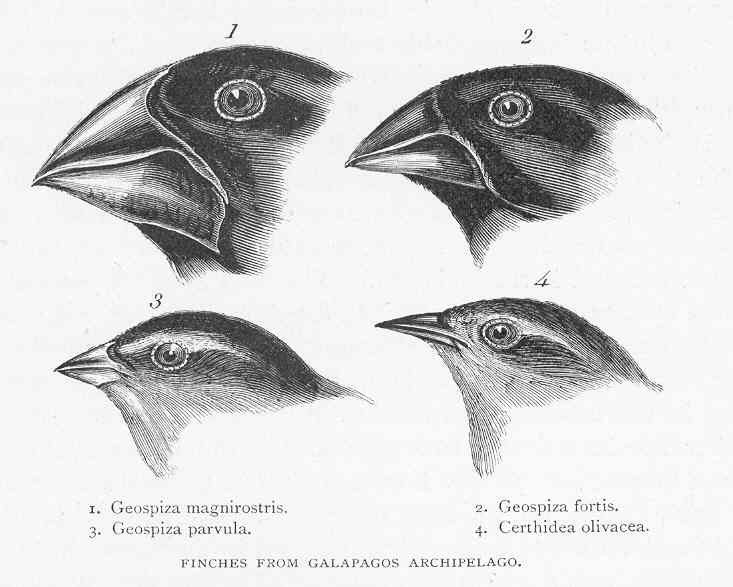
God increased diversity even more by dividing up the resources of a community and designing different organisms to use the different resources. For example, different plants have roots at different depths allowing different plants (e.g. bristly foxtail vs. Indian mallow vs. smartweed) to access different sources of water, such as rain water, or stream water, or ground water at different depths. Other examples of resource partitioning include different sized animals consuming different sized seeds (e.g. medium vs. large ground finches on the Galápagos Islands), different plant parts consumed by different kinds of animals, or different depths of a plant being accessed by different birds (e.g. 8 different species of woodpeckers in Oregon).
Yet another way that God increased the diversity of organisms is by creating organisms that are active at different times. For example, different non-woody plants emerge at different times of the year, again allowing multiple species to grow on the same plot of land without competing with one another. Animals were also designed to forage at different times of the day—some animals foraging at night, others during the day, and still others at the transitions between night and day.
The consequence of all this is that there are a lot of organisms on this planet. At this point, over 1.8 million species have been identified and named. Nobody knows for sure the total number of species there are, but estimates commonly exceed ten million.
Diversity Amplified
Another characteristic of the diversity of organisms is that there seems to be more diversity than necessary. This is indicated in at least two different ways. First, different groups of organisms, even very similar groups of organisms, have very different levels of diversity. For example, there are scores of species in the deer family and scores of species in the cow family, but only one species in the pronghorn family. Neither the deer family, nor the cow family have to be as diverse as they are. They could just as easily be represented by one species as is evidenced in the pronghorn family. There are many similar examples throughout the animal and plant kingdoms to indicate that the diversity we observe is much higher than it has to be.
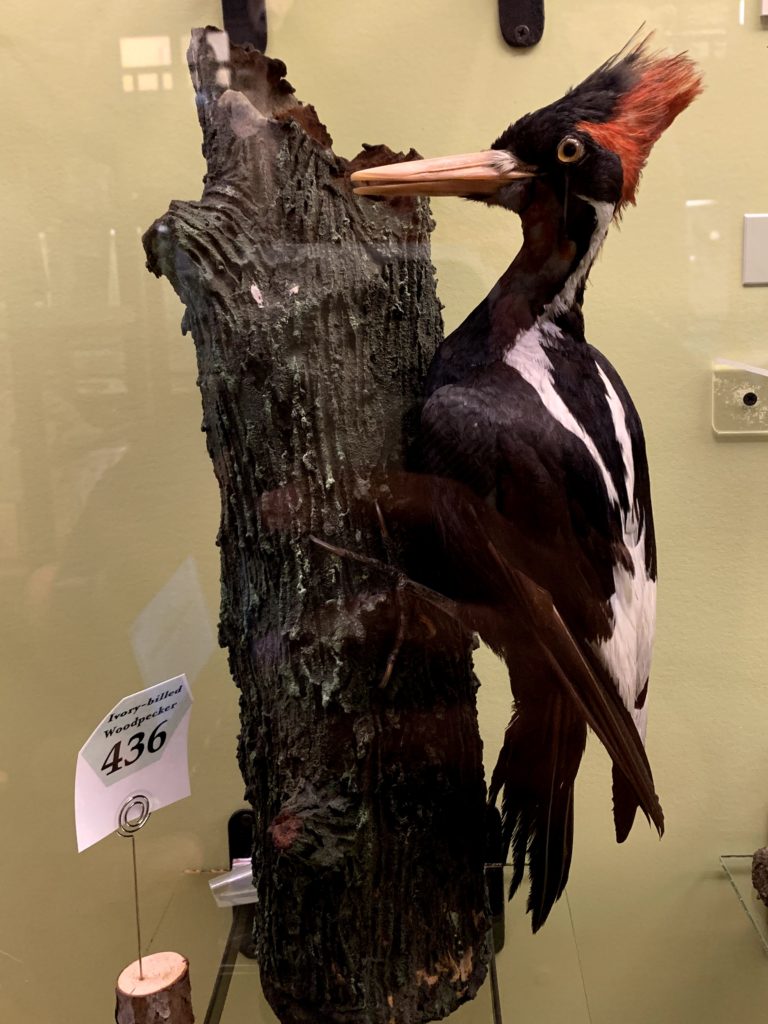
Image Credit: Christian Ryan
A second reason we know diversity is abundant has to do with extinction. A number of species that existed in the recent past are no longer with us. These include the passenger pigeon, the dodo bird, and quite possibly the ivory-billed woodpecker (‘Woody Woodpecker’ of early cartoon fame). There is even reason to believe that the loss of tropical rainforests is causing quite a bit of extinction. No one really knows how many species are going extinct every year (partly because we have not identified every species that exists), but estimates range from several to dozens.
We have also identified and named approximately a quarter million species of fossils that are not known to exist anywhere in the present. These fossils represent species that have gone extinct. Yet, with all the extinction that has occurred, and is occurring, life on earth does not seem to be crashing into oblivion. If the diversity we had was close to what was necessary for life on earth, then the extinction of species would have catastrophic consequences.
Disparity
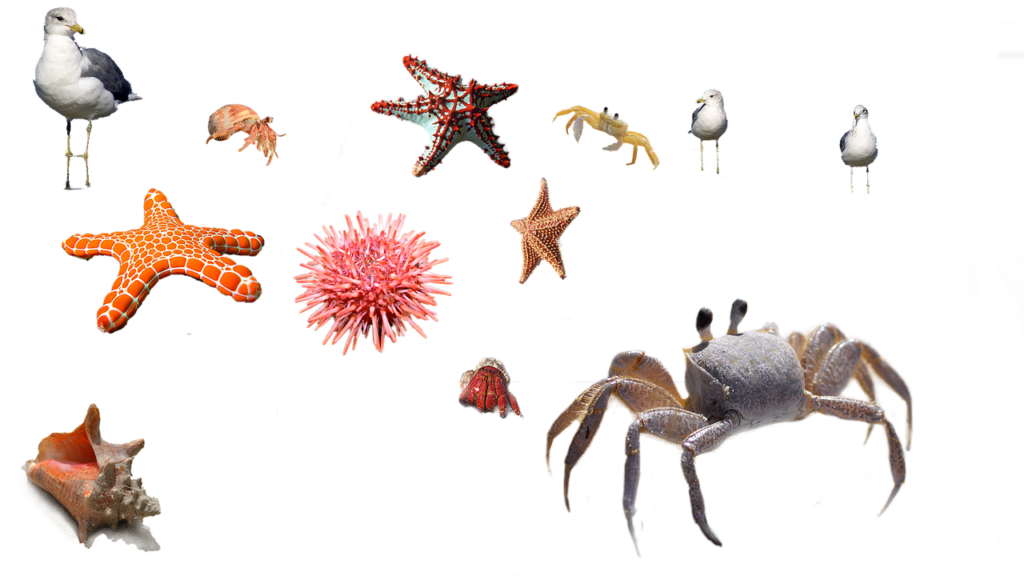
Creating diversity is not the only way that God can illustrate his own diversity. He also illustrates it with disparity. Disparity is not the same as diversity. Disparity is a measure of how different organisms are when compared to one another. As an illustration, if one room contains a collie, a wolf, and a coyote while another room contains a collie, a bacterium and an ivy plant, both rooms have the same diversity (namely three species) but the second room has a much higher disparity (the species are much more different from one another). The dog, wolf, and coyote are very similar, so the room containing them has a lower disparity. Disparity is a measure of how different things are. Not only is there a high diversity of organisms on the planet, there is also a high disparity of organisms. Humans are extremely different from oak trees and both are extremely different from bacteria, earthworms, and sea jellies.
The Origin of Disparity
Disparity is a substantial problem in naturalism. The biological change we actually observe involves small steps. We know of no examples of rapid or large-scale changes in the present biological world. If such small changes are responsible for biological change, then to start with one organism and get another very different from it, the original organism has to get there one small step at a time. A large number of steps would be required. That many steps would result in many branches on the evolutionary tree.
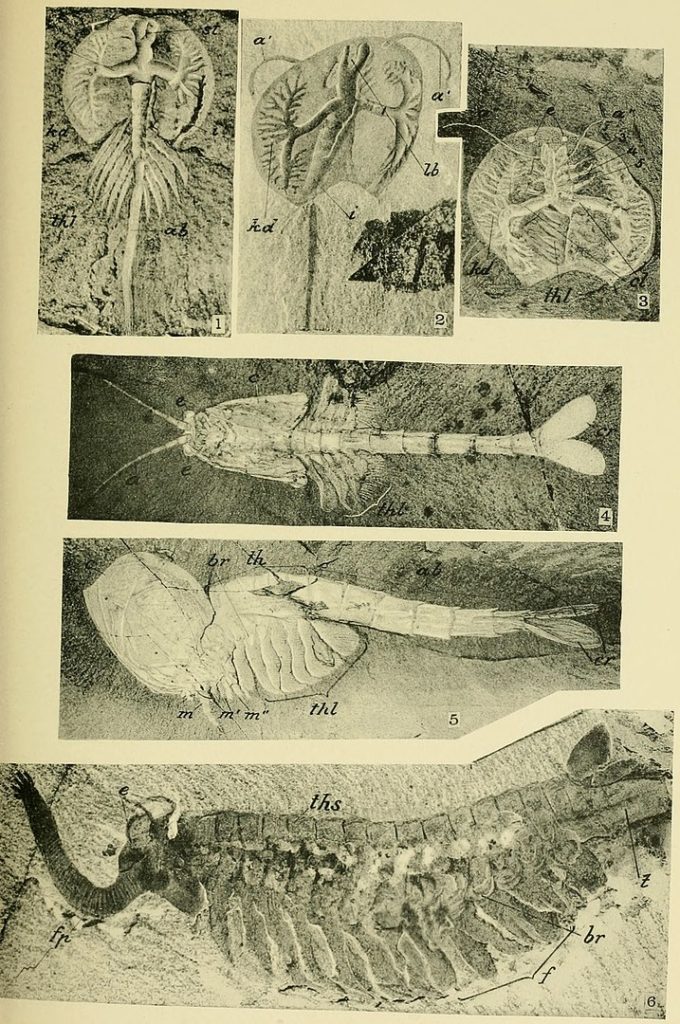
Consequently, to get high disparity, diversity would have to increase first (because of the large number of branches on the evolutionary tree) and a lot of time would be required (because of the large number of steps). However, the general pattern in the fossil record is for high disparity to appear before high diversity. For example, the oldest rock layer that contains well-preserved arthropod fossils (the Burgess Shale) contains 21 nontrilobite arthropod species representing 20 different arthropod classes. There are only five arthropod classes in the present and more than 1.5 million species!
The time required to explain disparity is a second problem. For example, if the fossil record is interpreted in terms of millions of years, then 50 million years separate small horses that browsed on leaves to large horses that graze on grass. Using the same time scale, the first animals appear only about 500 million years ago. Biological change that produced small changes in horses over 50 million years could not possibly derive the disparity between horses and invertebrates in just nine times that time.
Even if the fossil record does record billions of years of time, there is not enough time in earth history to explain the earth’s disparity by small evolutionary steps. The high disparity of biological life in the present combined with the pattern of disparity before diversity in the fossil record is much better explained by divine creation than it is by naturalistic evolution.
A third problem is how to explain how organisms from very different (disparate) groups came to be so similar. For example, as similar as meerkats in Africa are to prairie dogs in North America those similarities were not inherited from any ancestor that had those characteristics. In the naturalistic world view, organisms without those similarities each developed the similar characteristics separately. The same is thought to be true for the anteaters on five different continents, and for the many Australian marsupial mammals that are similar to North American placental mammals.1 It is hard to imagine how naturalistic processes operating on different organisms on different continents could have created even two such similar organisms, let alone the hundreds of similar organisms actually found on earth.
Though these features are challenging for the naturalistic world view, they are readily explained in the creationist world view. Since God created disparity to illustrate His triune nature, and humans were present from the beginning, organisms were created showing high diversity from the very beginning. Though evolution is incapable of explaining the origin of disparity in the time available in earth’s history, the God of Scripture is sufficiently powerful to make it happen.
Furthermore, fossils from any environment in creationist history should show the relatively large disparity and low diversity found in modern environments. This makes the high disparity and low diversity of the fossil record fit right into a creationist understanding of earth history. Finally, since the existence of distinct but similar organisms increases the diversity on the planet, such organisms would be the expected if the Creator desired to illustrate His trinity by creating as much diversity as possible.
Footnotes
- The embryo of a marsupial mammal is ‘birthed’ very early in development, then crawls to a pouch on the mother to complete its development. The embryo of a placental mammal continues to develop inside the womb of its mother (fed through a placenta) before being
birthed much later in development. ↩︎
The author, Dr. Kurt Wise, has graciously granted New Creation permission to publish selected sections from Devotional Biology: Learning to Worship the Creator of Organisms. To purchase a copy, please visit our online store.

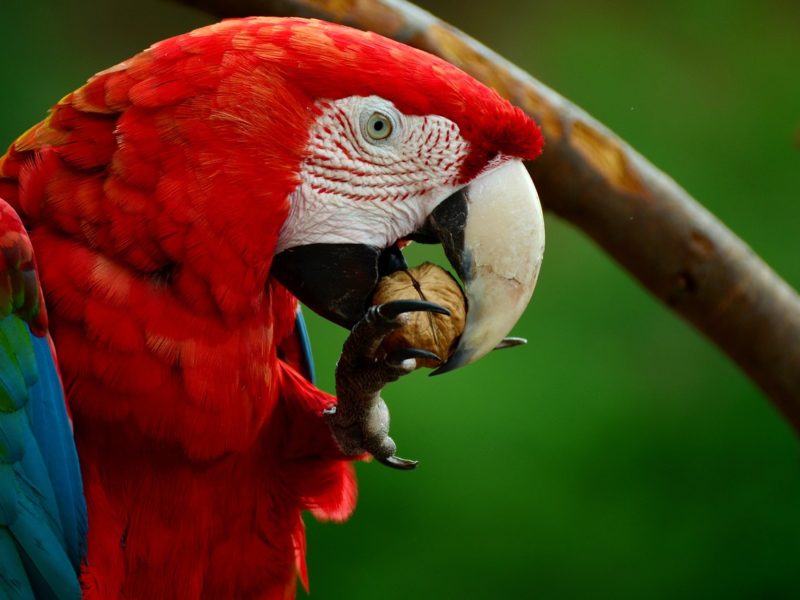
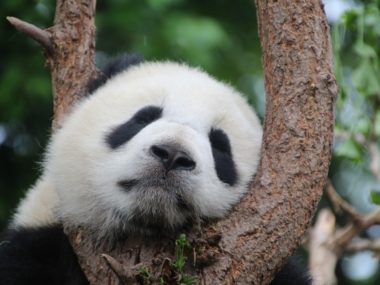

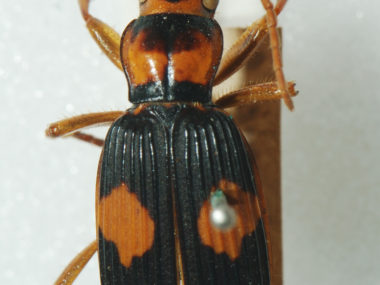
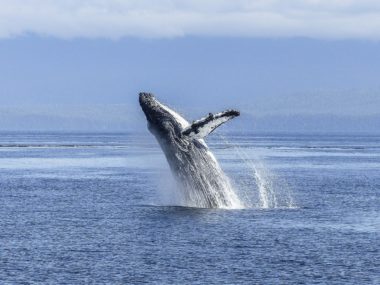
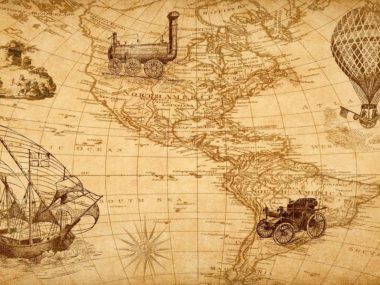
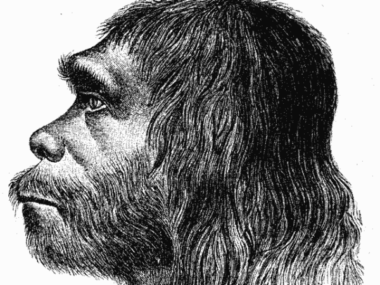




Just a correction. Creationists do accept the original land mass from creation week was one single continent. So God didn’t create the world as its now. that happened from the chaos of the flood year.
Adjustment to your ‘correction’. Since Scripture does not demand it (and I do not even think Scripture implies it), not all creationists believe ‘the original land mass from creation week was one single continent’. I, for example, have proposed another continent that floated atop the ocean, and I suspect that humans and associated organisms lived on a separate continent from the floating continent and the supercontinent constructed of our current continental pieces.
What world? Are you speaking of the world as bellow
Again, the Devil taketh JESUS up into an exceeding high mountain, and sheweth him ALL THE KINGDOMS OF THE WORLD, and the GLORY of them;
And said unto JESUS, All these things will I give thee, if thou fall down and worship me.
Thank you so much for this article and your wonderful works in Christ, Dr. Wise 🙂
Well, I’ve always thought that the Word of God tells us that He created the earth with one continent because I’ve believed that God gathered the waters under the heavens into one place and let the dry land (singular) appear.
https://biblehub.com/interlinear/genesis/1-9.htm
If you don’t mind, could you share why you believe that God created the continents and oceans as they are now? 🙂
Thank you for your answer in advance.
Joy and peace be with you in the Holy Spirit!
Mary:
Concerning your question: “…could you share why you believe that God created the continents and oceans as they are now?”, I do NOT believe God created the continents and oceans as they are now. My concern is that we properly understand what Scripture says. On the Third Day, when God commanded the waters to be gathered together in one place, that does NOT demand a single continent. That only demands a single ocean. This means there could have been one continent… or there could have been two… or twenty… or fifteen thousand islands (or innumerable other possibilities including the present configuration of continents)–as long as there was one continuous ocean. In my opinion, Scripture does not tell us how many continents God created, nor what configuration they had. I do think God created the modern continents in a Rodinia configuration, but that is based upon extra-biblical information, not Scripture. Therefore, I hold onto that idea loosely.
Kurt P. Wise.
Thank you so much for your answer, Dr. Wise -:)
That is true that we should loosely hold onto our idea about what the original continent(s) was(were) looked like.
But the Word of God says that He let the dry land, not lands, appear.
Then, isn’t it better for us to accept that God made a single continent than two or more continents, even though God alone knows the exact answer?-:)
Thank you again for your answer in advance
In His Love
mary
We have belabored the point much too much already, but you seem to have in mind an interpretation of the ENGLISH phrase that is alien to the Hebrew. English can refer to multiple lands as distinct regions and thus could refer to multiple dry lands as distinct dry regions. But a single Hebrew word is translated ‘dry land’ in this case (such as the Israelites walking across the Red Sea on ‘dry land’). The Hebrew word does not refer to one (or more) particular region(s); the Hebrew word refers to the nature of the surface (dry ground) that is revealed. The Hebrew word does NOT specify one region as opposed to more than one; it refers to dry ground (and that dry ground could have been in one region or in a thousand different regions, etc.).
From this (and what we have previously discussed) I conclude that neither the ‘dry ground’ phrase, nor the ‘one place’ phrase for the ocean put any constraint on the number of continents (or islands) created on the third day of creation. The Hebrew allows for one continent (and may tend to suggest one major continent), but it allows also multiple continents and/or multiple islands.
Not the most thorough, but the general thought is appreciated 👍.